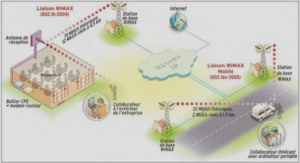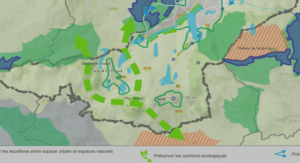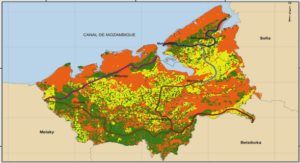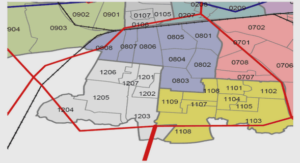Télécharger mémoire online gravitation and Gauge Theory in the Non Commutative Geometry Formalism, tutoriel & rapport PDF.
Chapter 1: Introduction
We are interested in the formulation of gauge ¯eld theories in the part of the non-commutative geometry and Seiberg-Witten maps , where the gauge theory is a mathematical language in which the fundamental interaction in physics are formulated. We intend to make a point in this introduction on how gauge theories are important, and we shall highlight their principal characteristics. Then we explain how the non-commutative geometry appears to be an appropriate tool to formulate gauge theories and we will also present a short background on its appearance in mathematics and physics. Finally, we will explain many interests in the non-commutative gauge ¯eld theories and its generalization and give a detailed plan of this thesis.
Why Gauge theories ?
The term \gauge » was ¯rst introduced by Hermann Weyl in 1919 in an attempt to unify electromagnetism and gravitation, thus, in Weyl theory , the gauge is a measurement reference which permits to calibrate the scale that will be used to measure a physical quantity. The physical quantities or observables are assumed to be invariant under local transformations of scale (or gauge). The gauge invariance, as it was introduced by Weyl, was directly inspired by the theory of linear connections used by Albert Einstein in his theory of general relativity and it had therefore a geometric status in its ¯rst formulation.
At the beginning of wave quantum mechanics developed by Schrodinger in 1926, Weyl, with Vladimir Fock and Fritz London, worked to develop a new type of gauge changing from a gauge-type scale factor to a complex phase gauge.
In retrospect it could be seen that James Clerk Maxwell was the ¯rst to introduce gauge theories by formulating the laws of electromagnetism as we know them today. In the theory of Maxwell, the gauge symmetry is associated with a group structure U(1). The local invariance of the Maxwell equations was therefore not really exploited only from the work of Weyl.
In his second proposal, he identi¯ed the U(1) group to the invariance under phase transformations of the wave-function of a particle charge in Quantum Mechanics.
Merely asking that the equations of motion are invariant under gauge transformation permits the understanding of the origin of the coupling between the electromagnetic ¯eld and the wave-function of a charged particle. This symmetry, U(1), then takes a fundamental status which is associated to the local conservation of the electric charge.
This model is expressed within a formalism that aims to make compatible the quantum mechanics and special relativity, called quantum ¯eld theory. In this theory the charged particles are associated with the irreducible representations of the Poincare group which representations are indexed by two quantum numbers that are mass and spin (or helicity in the states of zero mass). The dynamics of these states is governed by what is called a quantum ¯eld.
………..
Gravitation and Gauge Theory in the Non Commutative Geometry Formalism (327.28 KB) (Rapport PDF)






